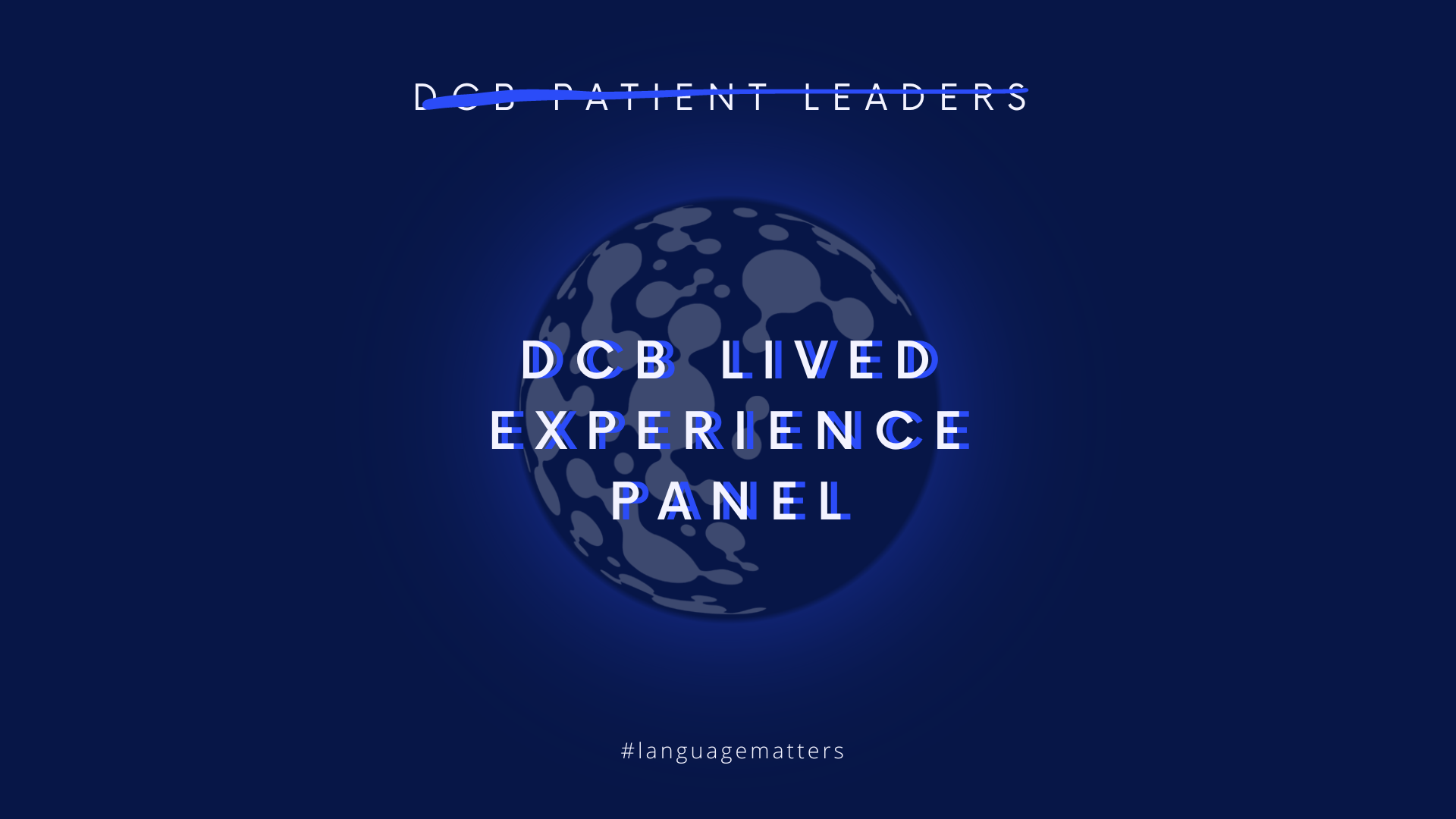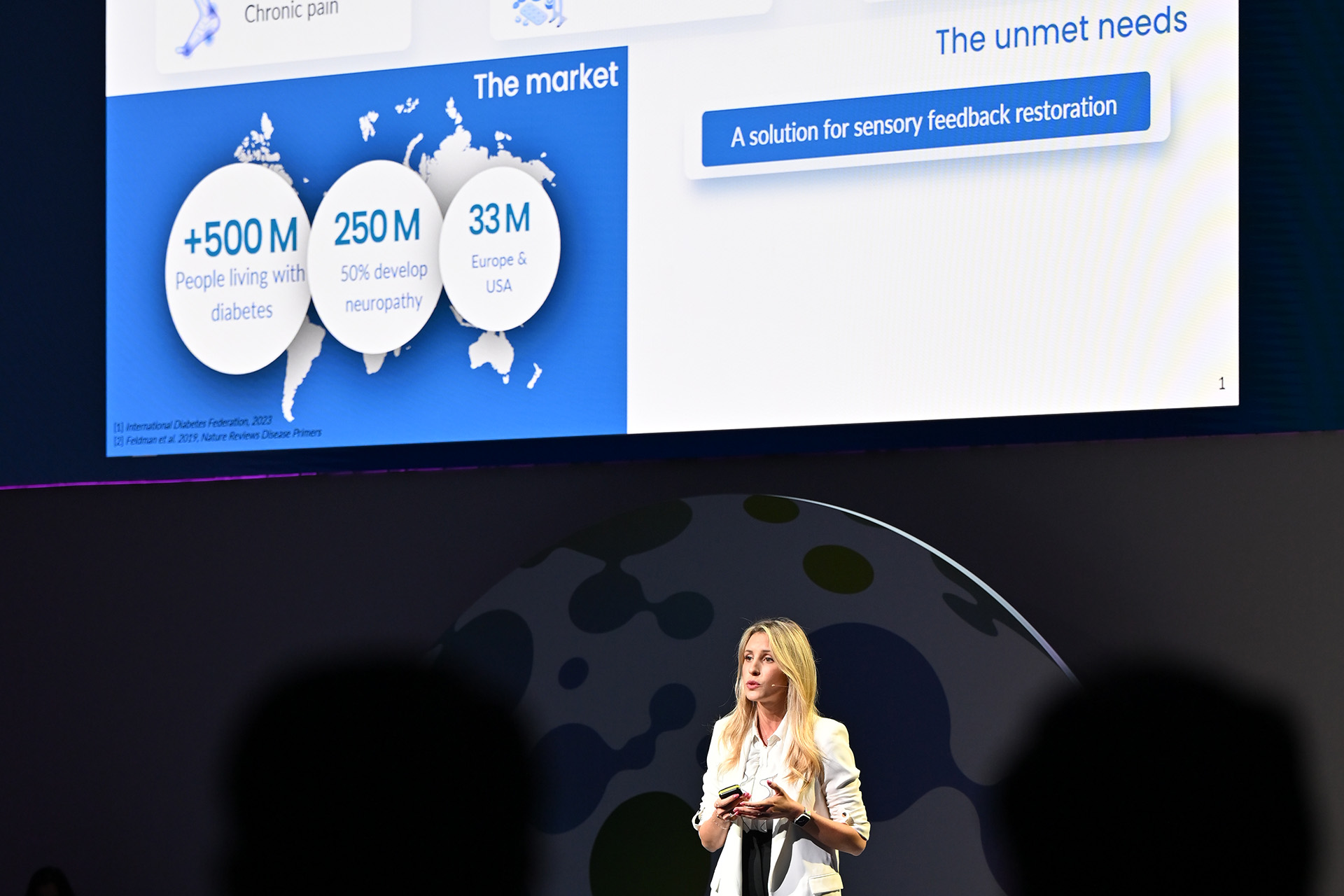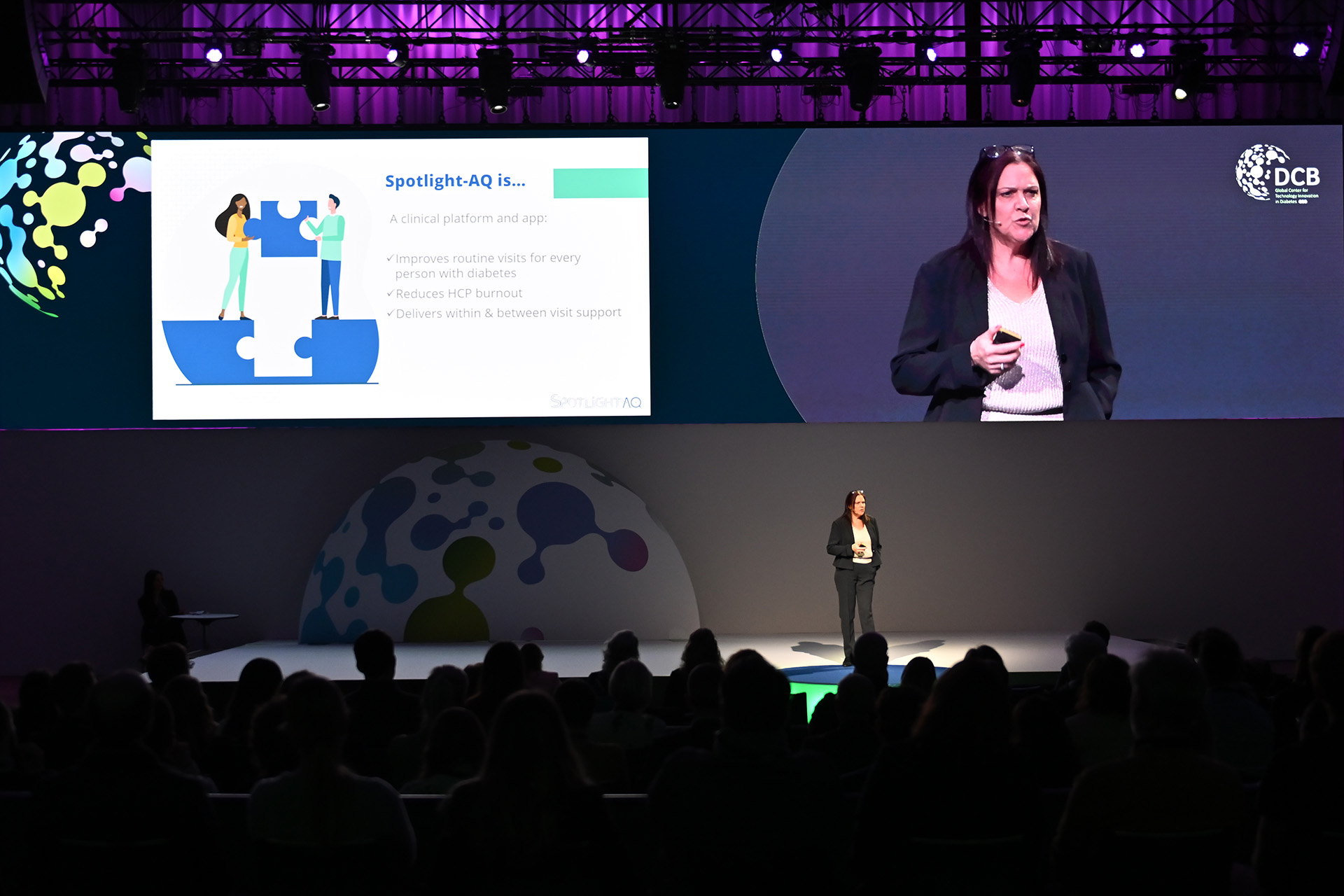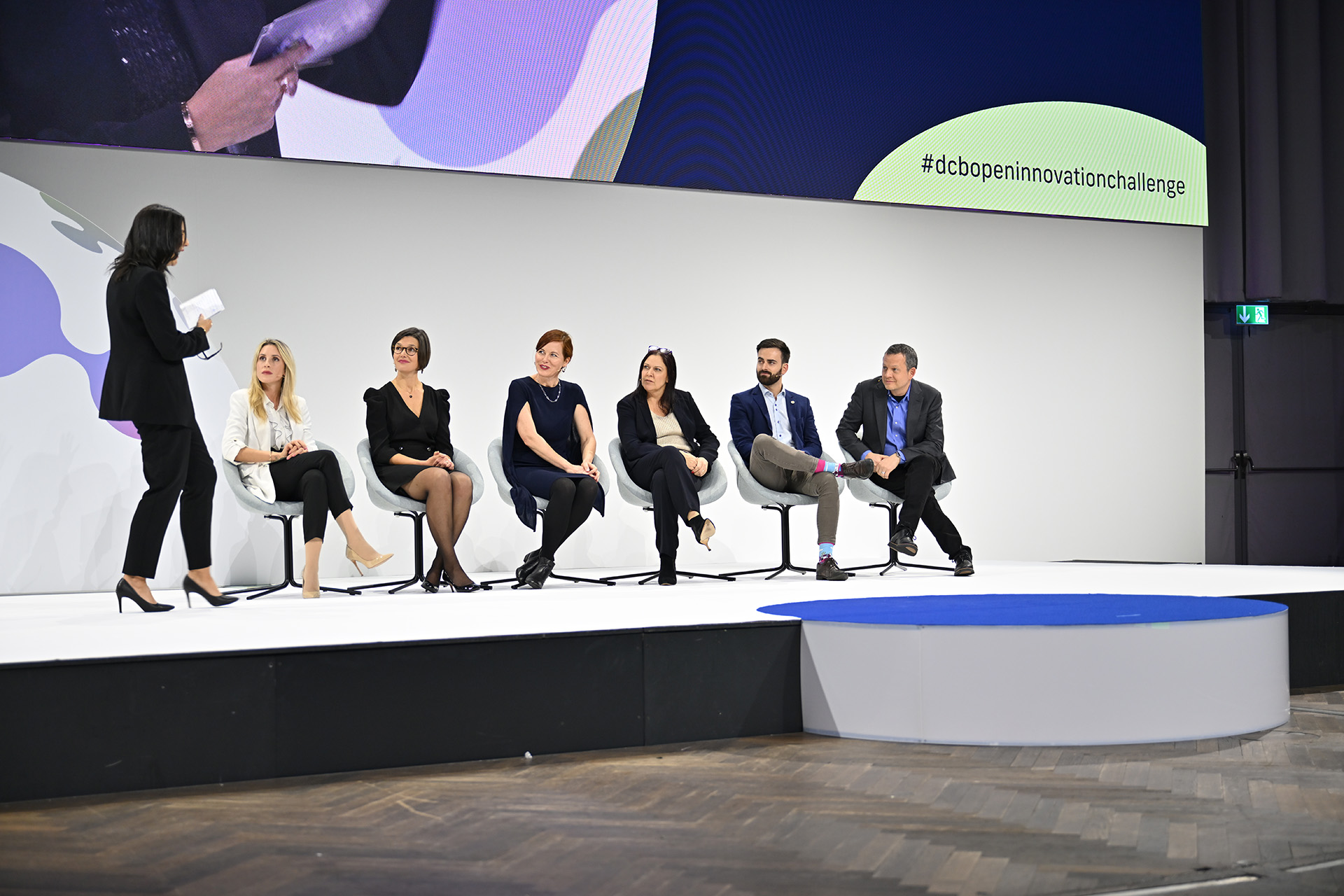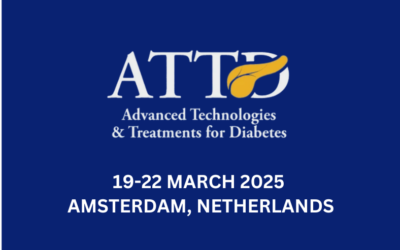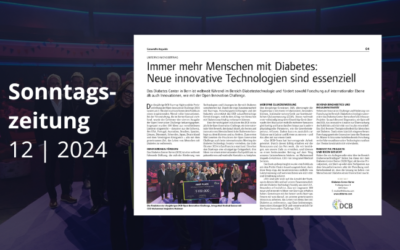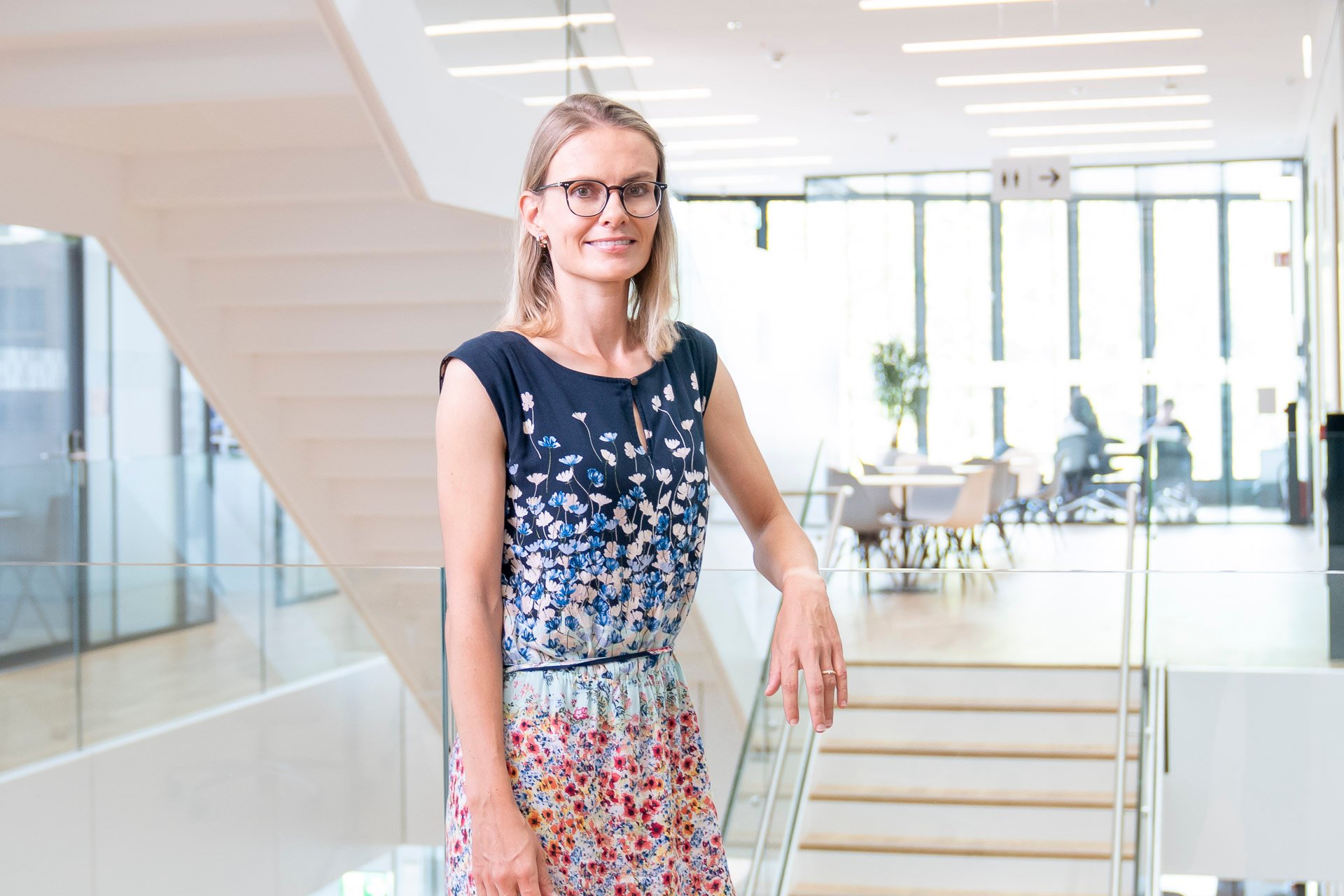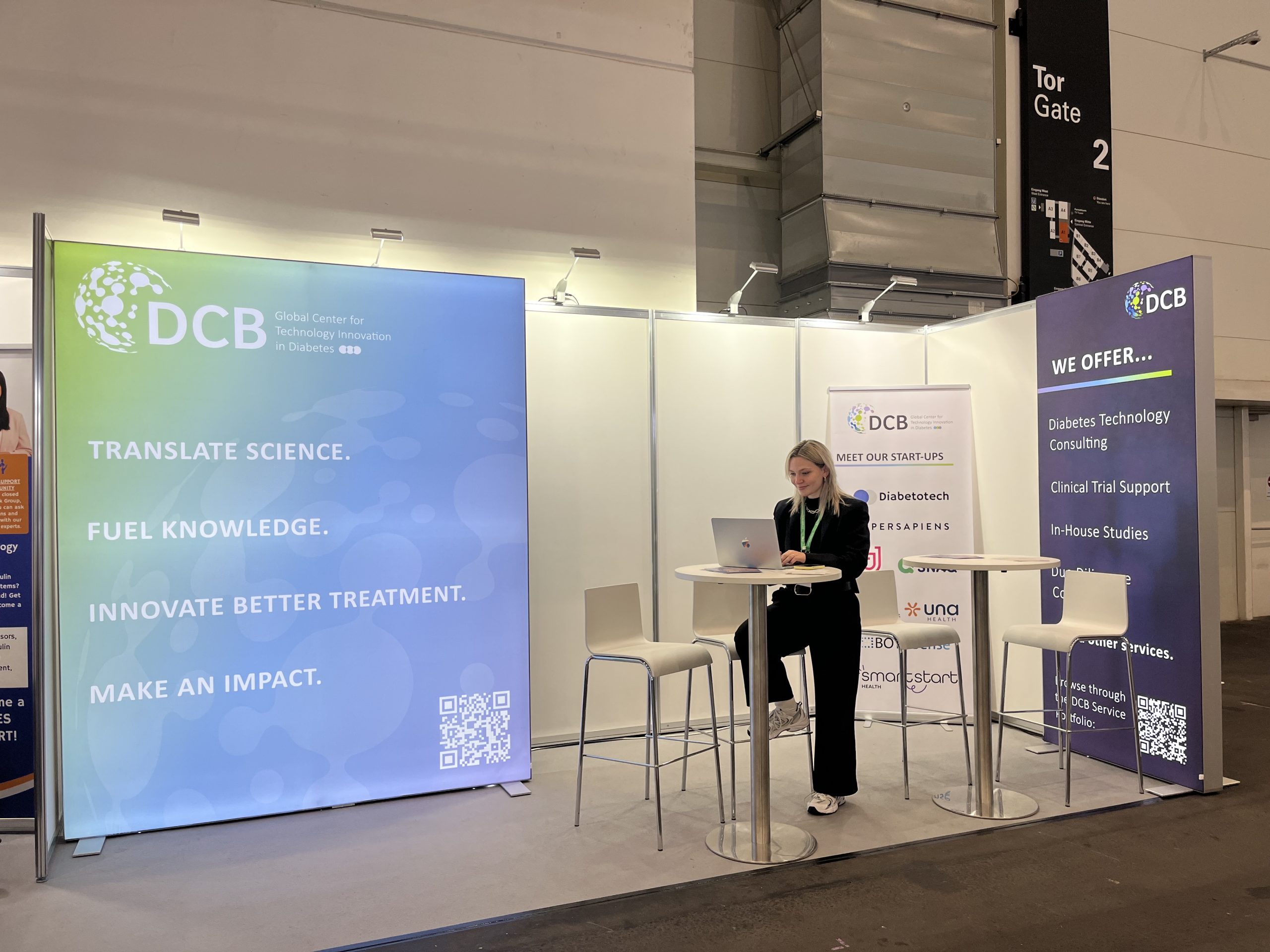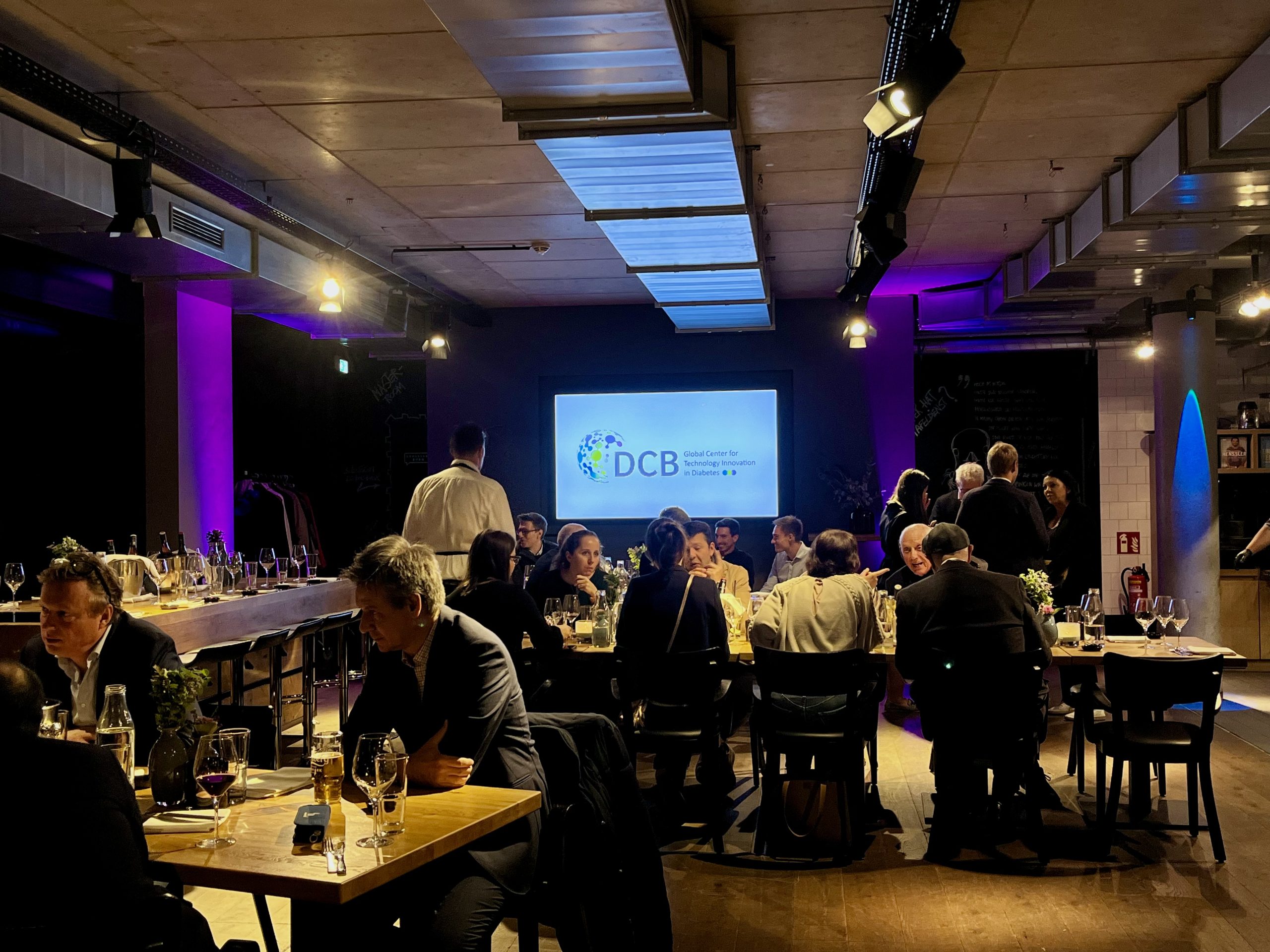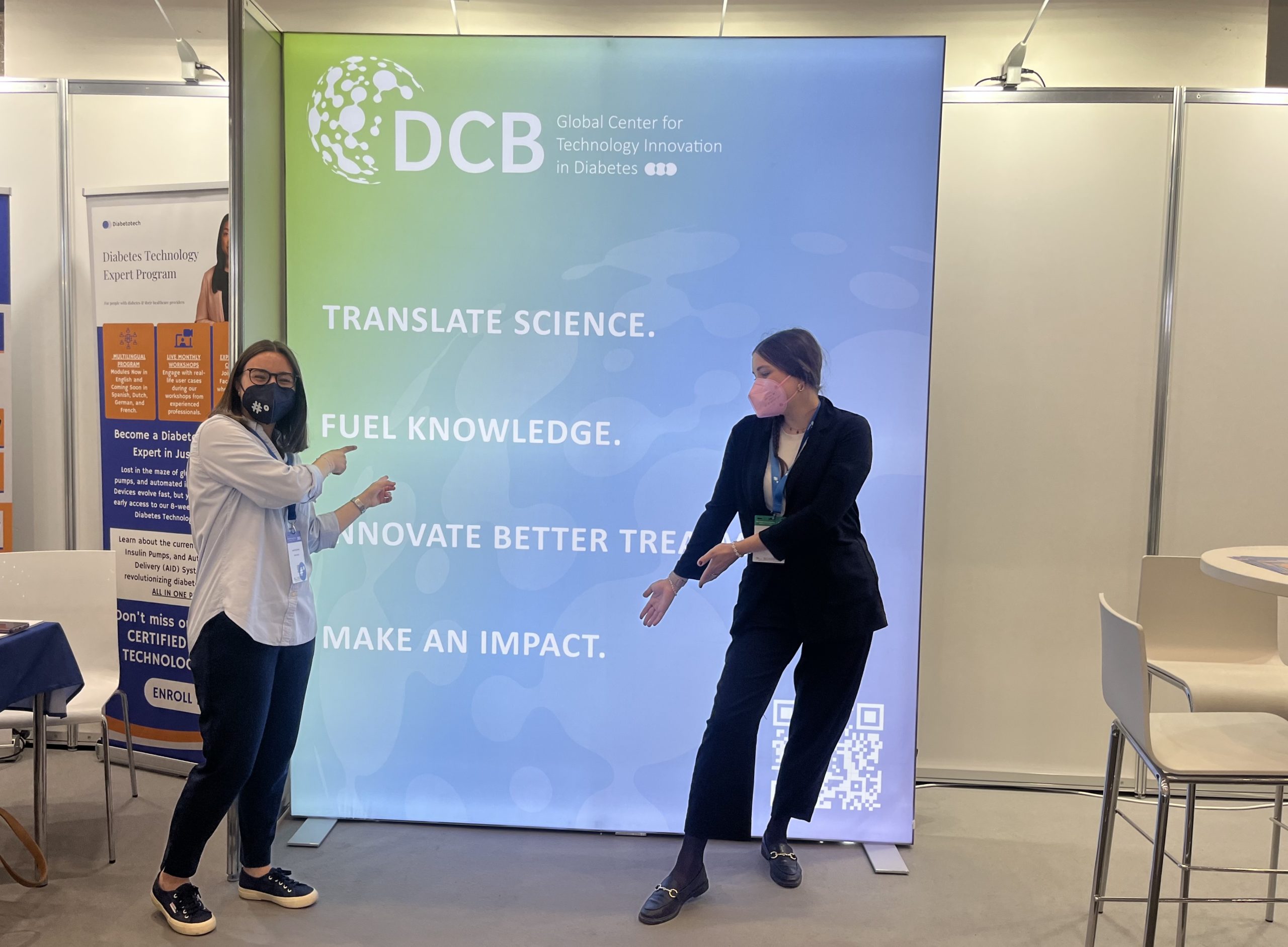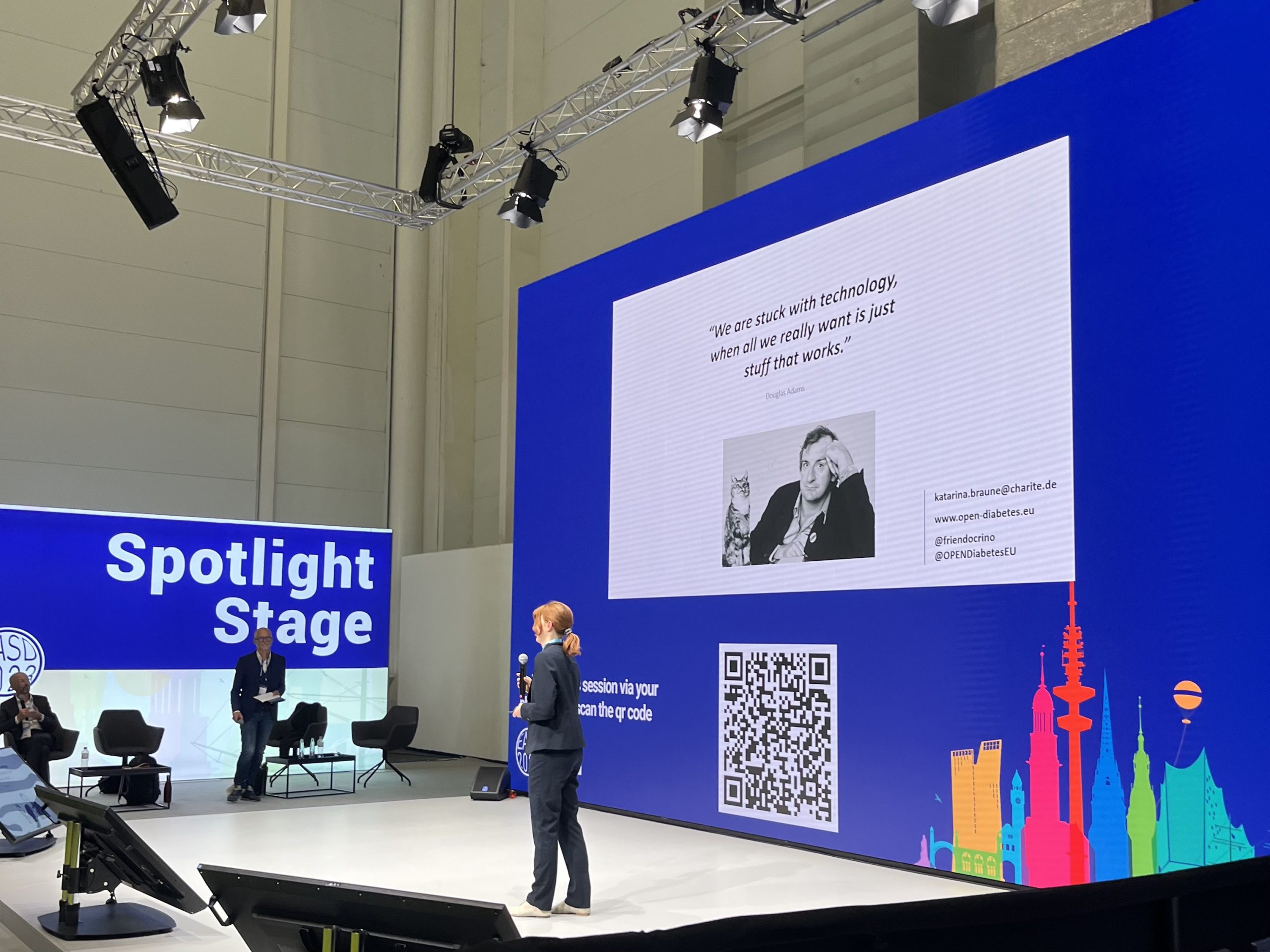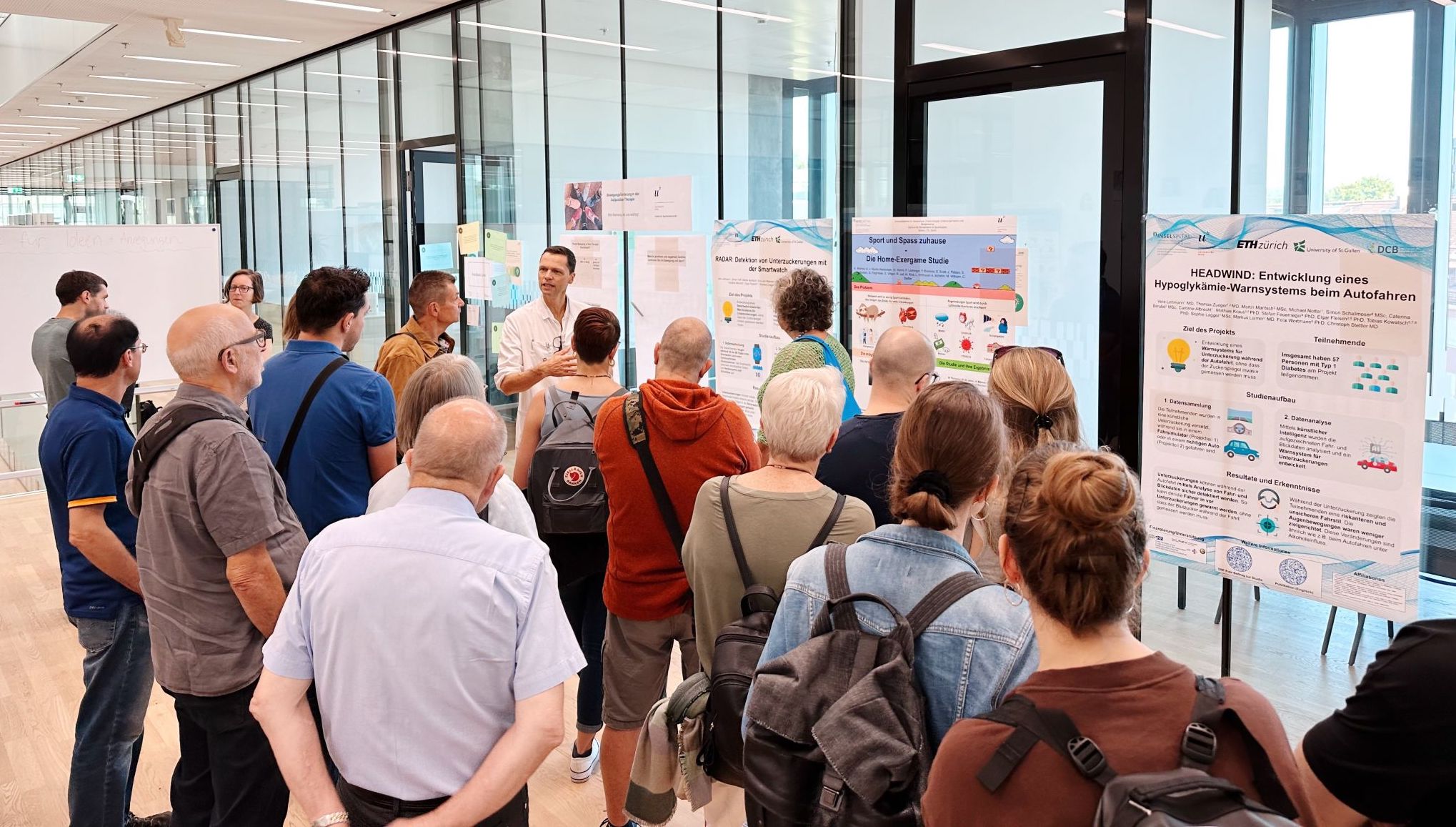The ATTD congress in Amsterdam is just around the corner and different members of the DCB team will be on-site. Meet...
DCB Newsletter #16/23: INSIDE DCB – Our Milestones in 2023
DCB Newsletter #16/23: INSIDE DCB – Our Milestones in 2023
Dear DCB community – as we approach the end of this year, we want to take the opportunity to look back on our team’s achievements in 2023 – the sixth year of the existence of DCB.
A lot has been going on and the list keeps getting longer! But see for yourself:

Operations
👥 New DCB faces: We have continued to grow – six new team members joined DCB in 2023. All positions were successfully filled!
✅ Fully certified: The certification of the relevant processes for the DCB Management System according to ISO 9001 has been successfully renewed.
⛑️ Safety first: Studies were successfully conducted at the facility. There were no safety-related incidents.
Innovation & Business Development
🌐 Global Impact: Our team evaluated over 300 ideas, proposals, and applications, propelling the global innovation ecosystem forward. We identified and supported several dozen projects and startups, providing them with unparalleled expertise, access to our extensive network, cutting-edge facilities, and crucial funding.
🏆 DCB Open Innovation Challenge 2023: The DCB Open Innovation Challenge once again emerged as a beacon of success, attracting 66 applications from 23 different countries. Six exceptional projects from Ireland, France, Switzerland, South Africa, the US, and the UK took center stage, culminating in a thrilling Award Night attended by 270 enthusiasts from around the globe. We were thrilled to announce the winners of 2023 – Katharine Barnard-Kelly PhD with Spotlight-AQ in the category Digital Diabetes and Greta Preatoni with MYNERVA in Diabetes Devices.
🤝 Patient-Centric Partnership: In a groundbreaking move, we collaborated with the University Clinic for Diabetology, Endocrinology, Nutritional Medicine & Metabolism (UDEM) in Berne for a Patient and Public Involvement (PPI) event, aiming to enhance patient engagement in clinical trials and research. By joining forces, we are catalysing a paradigm shift in healthcare innovation, placing patients at the heart of progress!
🎓 Educational Endeavors: Empowering the next generation of innovators, we organised a Stanford Bio design summer school in collaboration with ZHAW Zurich University of Applied Sciences. Students from diverse fields converged to explore and embrace innovation in diabetes technology, fostering a collaborative spirit that will undoubtedly shape the future of healthcare.
👥 Team Expansion: Adding to our strength, we’re thrilled to announce the growth of our team by welcoming two exceptional new colleagues, Ema Grabenweger and Hanne Ballhausen. Their passion and expertise amplify our commitment to driving innovation, making DCB’s Innovation Unit an even more dynamic hub of creativity.
Communications
👋 Growing our community: We’ve exceeded 3,000 (almost 3,500!) followers on LinkedIn and 500 followers on Instagram in 2023. We’re so excited our community is ever-growing and appreciate every single one of you, joining us on our journey of making life better for people with diabetes!
🗣️ Valuing Lived Experience: The people living with diabetes are at the core of all that we do at DCB. In 2023, we renamed our “Patient Leaders” to “Lived Experience Panel” to reflect this significance and help bring an end to diabetes stigma. We are so grateful for our continually growing community of Lived Experience Experts – currently 17 people in 14 different countries all over the world!
🔁 Team Switch: Former Digital Channels Manager Greta Ehlers moved on to the Business Development Team and handed over her legacy to Svea Krutisch, new Digital Communications Specialist. Greta continues to support the team in Corporate Design and Branding and we’re so happy to be bringing you the latest DCB news with joint forces!
Projects
💸 1st crowdfunding initiative successfully launched: The first project for the DCB crowdfunding initiative has been identified and coordinated. As the platform of choice, wemakeit.com took the lead. The first crowdfunding goal was achieved, and the learnings will be incorporated into the next iteration of the crowdfunding approach – you can still donate to the current one for the People’s Diabetes Foundation-Belize until Christmas!
📋 Expanding the “Diabetes Technology Report” to Switzerland: To gain a deeper understanding of current best practices, technology maturity levels, and unmet needs, the “DT-Report” team conducts a comprehensive survey annually. Diabetologists, people with diabetes (PwD), and diabetes nurses are given the opportunity to share their experiences with diabetes technology. The DCB team co-created the 2023 survey and initiated an outreach campaign across various channels to engage as many participants as possible in Germany, Austria and Switzerland. The results will be meticulously analysed and shared with the community and can serve as a reliable foundation for future DCB activities.
📲 QARBS app successfully developed and merged with SNAQ: After two years of dedicated work and a lot of learnings, the DCB team together with Comerge AG as software developers we were able to file a product to the notified body, which fulfills the requirements of the applicable standards of medical device development and software development. In October, QARBS was successfully merged with SNAQ AG to continue its successful story with joint forces. The project started in early 2021 with the goal of developing an app that automatically calculates carbohydrates of a meal. The result must be as accurate to become the basis for the calculation of an insulin bolus dosing.
🎟️ The organisation of various local events at DCB has contributed to gaining more visibility in Switzerland and emphasising our ambition to raise awareness for our daily work.
Clinical & Data
🩸 Menstrual cycle project: On December 14, Tidepool and DCB launched the menstrual cycle project. The aim of this research collaboration project is to collect data on diabetes management among menstruating people with type 1 diabetes to evaluate changes in insulin sensitivity across the menstrual cycle.
🔬 Clinical Study VAARA successfully conducted: In collaboration with the University Clinic for Diabetology, Endocrinology, Nutritional Medicine & Metabolism (UDEM) in Berne, the study was the first clinical study to estimate associations between volatile organic compounds (VOCs) measured by the Sokru device prototype and blood glucose. The study results will support further development of the device prototype and has given some insights into the dynamics of VOCs during changes in blood glucose.
🔎 Clinical Study FibreGum on-going: Under the supervision of our assistant professor Maria Luisa Balmer , the FibreGum study is running at the Children Clinic Berne, assessing the effect of an additive in a chewing gum on body weight loss. 28 adolescents and young adults have been included so far.
📥 Clinical Study SPN-005 Started for Recruitment: At the University Clinic for Diabetology, Endocrinology, Nutritional Medicine & Metabolism (UDEM) in Berne, the study will assess the feasibility of a noninvasive medical device, developed by the company Spiden, to detect, and track glucose changes transcutaneously in defined and dynamic states of glycemia. 20 T1D adults will be included over 6 months.
🤝 Preparation for a Clinical Study with BOYDSense: The study will examine associations between glycaemic states such as stable (hypoglycaemia, euglycemia, and hyperglycaemia), increasing, and decreasing blood glucose, and the VOC (volatile organic compound) spectra in the breath measured with a Gas Chromatograph-Ion Mobility Spectrometer (GC-IMS) device as a reference and a portable device prototype to measure VOCs. The device prototype has been developed by BOYDSense with the purpose to allow blood glucose monitoring through non-invasive breath analyses.
📖 Contribution to publications: “Comparator Data Characteristics and Testing Procedures for the Clinical Performance Evaluation of Continuous Glucose Monitoring Systems” was accepted for publication in December 2023 in Diabetes Technology & Therapeutics.
🔒 Penetration Test Successful: In October 2023, we ran a penetration attempt on our IT environment, which was successful in the sense that the professional hackers could not enter the system.
Thank you, dear readers for your loyalty and interest throughout the year! We will continue to provide you with new series, inside stories and regular updates in 2024. All the best and happy holidays!🎄 🎆
This post was previously published in Linkedin. Click here to see the original publication.


DCB Research AG
Freiburgstrasse 3
3010 Bern
Switzerland
